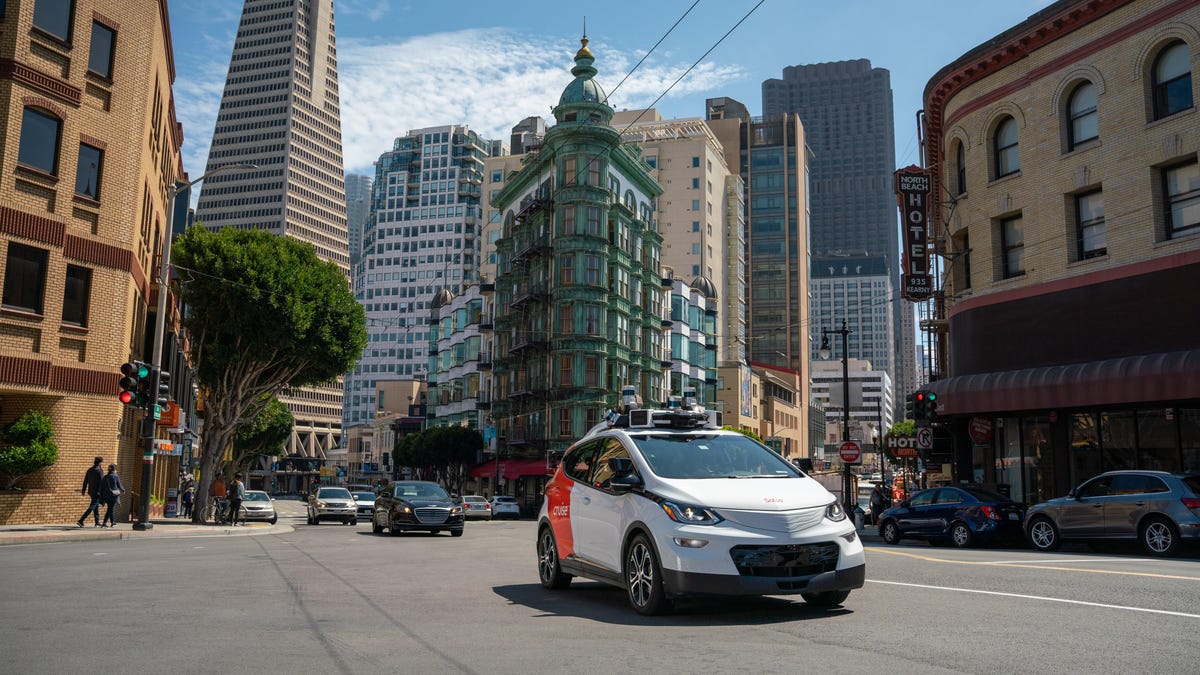The company left out some key details regarding the incident involving one of its robotaxis and a pedestrian.
On October 2, 2023, a woman was run over and pinned to the ground by a Cruise robotaxi. Given the recent string of very public malfunctions the robotaxis have been experiencing in San Francisco, it was only a matter of time until a pedestrian was hurt by the self-driving cars. New reports, though, suggest that Cruise held back one of the most horrifying pieces of information: that the woman was dragged 20 feet by the robotaxi after being pushed into its path.
The LA Times reports:
A car with a human behind the wheel hit a woman who was crossing the street against a red light at the intersection of 5th and Market Streets. The pedestrian slid over the hood and into the path of a Cruise robotaxi, with no human driver. She was pinned under the car, and was taken to a hospital.
But this is what Cruise left out:
What Cruise did not say, and what the DMV revealed Tuesday, is that after sitting still for an unspecified period of time, the robotaxi began moving forward at about 7 mph, dragging the woman with it for 20 feet.
read more: https://jalopnik.com/woman-hit-by-cruise-robotaxi-was-dragged-20-feet-1850963884
archive link: https://archive.ph/8ENHu



If you don’t like the idea of being dragged along the ground, then be very careful around trains! Example, example, example, example.
That’s why we have grade-separated rails, and stations with barriers and doors to the train. Trains also have a fraction of the deaths per passenger mile vs cars.
Public transit has a variety of benefits. For one thing, the natural enemy of the driver is literally other drivers. Cars are very space intensive, so car-centric cities tend to sprawl.
Public transit supports walkable/bikeable density, because it does better with a good walkshed around stations and also has really good passenger throughput. That’s good for people’s health - people living in walkable areas are on average less sedentary, and have lower rates of obesity and diabetes. It also tends to be good for the creation of third spaces, and seems to be good for social engagement on average.
The reason to oppose self-driving cars is really the same reason to oppose car-centric infrastructure broadly: the alternatives are way better.